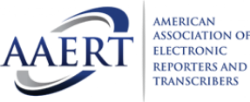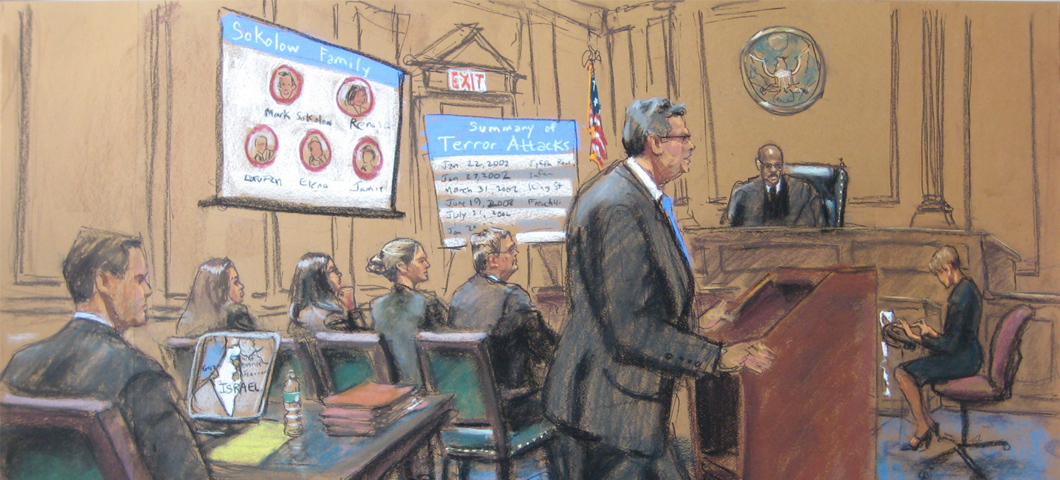How Trial Presentations Should Be Adapted to Your Audience for Maximum Effectiveness
How Trial Presentations Should Be Adapted to Your Audience for Maximum Effectiveness
Blog Article
The Power of Visuals in Trial Presentations for a Winning Disagreement
The combination of visuals in trial discussions has emerged as a critical consider successfully communicating intricate disagreements to jurors. By using numerous types of visual aids-- be it diagrams, photographs, or computer animations-- lawyers can enhance understanding and retention, ultimately forming the court's understanding of the case. This approach not just makes clear elaborate stories however additionally develops a psychological vibration that can affect decision-making. As we discover the nuances of this approach, it ends up being important to consider how details sorts of visuals can make a considerable distinction in trial outcomes. What sensible approaches might attorneys use to maximize this possibility?
Importance of Visuals in Trials
In lots of lawful settings, visuals play an important duty in enhancing the efficiency of test presentations. The assimilation of visual components can significantly affect jurors' understanding and retention of complex details, consequently forming their perceptions and choices. Visuals, such as charts, diagrams, and photographs, can streamline elaborate stories, making them more easily accessible and engaging.
In addition, the human mind processes visual information much more efficiently than message, which emphasizes the value of incorporating visuals right into legal arguments. By translating dense lawful ideas right into visual formats, attorneys can help with more clear communication, ensuring that vital factors are not ignored during trials.
In addition, visuals serve to involve jurors on an emotional degree, cultivating a connection to the instance that words alone might stop working to accomplish. The critical use visuals can evoke compassion, prompting jurors to think about the human facets of the situation.
Eventually, the value of visuals in trials hinges on their capacity to enhance clarity, enhance juror interaction, and enhance the narrative existing. This powerful combination is crucial for crafting influential disagreements that resonate with jurors and influence the end result of lawful proceedings.
Kinds Of Visuals to Use
Efficient test discussions can significantly take advantage of a range of aesthetic devices that satisfy different aspects of the case. trial presentations. Making use of representations and graphes can successfully break down intricate details, making it extra absorbable for jurors. For circumstances, flowcharts can show the sequence of occasions, while bar charts might succinctly compare appropriate data points.

Animations and simulations can additionally play an essential duty, specifically in situations entailing technical information or detailed situations. These visuals can dynamically represent procedures or activities, giving clearness and interaction that fixed images might not accomplish.
Moreover, infographics combine text and visuals to sum up necessary info successfully. They can present timelines, statistics, and substantial case points in an aesthetically appealing manner, making it less complicated for jurors to adhere to the debate.
Enhancing Understanding and Retention

Enhancing comprehension and retention during trial presentations is essential for guaranteeing that jurors comprehend the vital aspects of a situation. Aesthetic help act as effective tools hereof, equating complex details right into conveniently absorbable layouts. By making use of charts, layouts, and infographics, lawyers can simplify detailed data and emphasize bottom lines that may or else be overlooked.
Research studies have shown that people preserve information significantly better when it is presented aesthetically. This is particularly essential in a test setup, where jurors might be bewildered by the volume of evidence and testimony. By purposefully including visuals, attorneys can direct jurors' attention to one of the most essential facets of the case, enhancing their understanding and memory of the product presented.

Creating Engaging Discussions
Captivating jurors' attention throughout test presentations is necessary for sharing a compelling story. Involving discussions utilize aesthetic aspects to create a memorable experience that resonates with jurors. The critical use of graphics, animations, and video clips can clarify intricate details, making it a lot more obtainable and relatable.

Additionally, integrating storytelling techniques can boost engagement. Offering evidence in a rational sequence that constructs sob story allows jurors to connect with the material on an individual degree. Varying presentation styles, such as integrating short video clips or interactive elements, can likewise endure passion and attention throughout the trial.
Eventually, an engaging presentation cultivates an extra extensive understanding of the situation, allowing jurors to better appreciate the arguments existing and bring about an extra favorable outcome.
Case Research Studies and Success Stories
Numerous study highlight the substantial influence of visuals in trial discussions, demonstrating their capacity to influence juror perceptions and inevitably the outcomes of instances. For instance, a remarkable instance including an injury claim showed just how making use of a 3D animation of the mishap scene made clear intricate information. Jurors reported really feeling even more informed and compassionate, substantially swaying their choice in favor of the complainant.
In another instance, a company lawsuits instance utilized infographics to present financial information and timelines, making detailed info easily accessible. The aesthetic representation made click for more it possible for jurors to understand the nuances of the situation better than verbal descriptions alone. trial presentations. Therefore, the jury returned a Get More Info judgment that went beyond the client's assumptions
Moreover, a criminal defense case employed photographs and video clip evidence to establish an alibi. The engaging visuals not just helped in creating doubt but also resonated psychologically with jurors, causing an acquittal. These success stories emphasize the requirement of incorporating visuals right into trial presentations, as they enhance understanding, retention, and inevitably, the convincing power of lawful disagreements. The strategic use of visuals is without a doubt changing the landscape of test advocacy.
Verdict
In final thought, the strategic consolidation of visuals in test presentations substantially improves jurors' comprehension and retention of complex details. Involving presentations, sustained by compelling situation researches, demonstrate the extensive influence that visuals can have on persuasive interaction.
Report this page